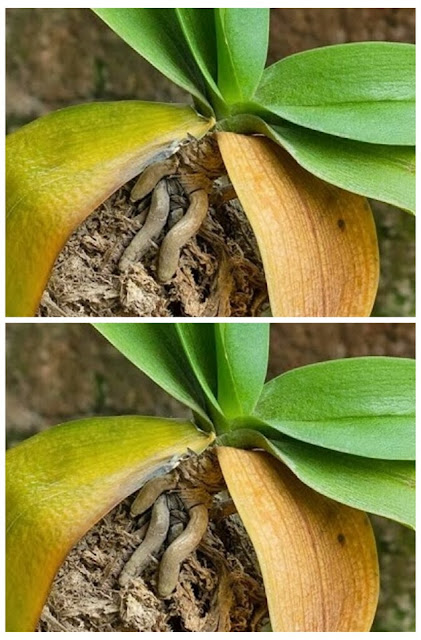ADVERTISEMENT
2. Care for the Roots:
Inspect the orchid’s roots. If you find any that are white or black, trim them off to prevent any potential spread of decay. Also, remove any dead roots – they usually feel soft to the touch. Be sure to keep the aerial roots, as they are vital for the plant’s health.
3. Repotting:
After cleaning up the roots and removing any dead parts, it’s time to repot the orchid. A fresh substrate will provide essential nutrients and help the plant bloom again. Orchids require a specific type of substrate, rich in elements like clay pellets, peat moss, coconut fiber, charcoal, and pine bark. Opt for a clear plastic pot for easy monitoring of the root condition. Repotting should ideally be done every two to three years.
4. Ideal Exposure:
Place your orchid in a bright location, but ensure it’s not exposed to direct sunlight, which can harm its foliage.
5. Maintain Optimal Temperature:
Orchids prefer a temperature range between 18°C and 25°C. Avoid placing the pot near drafts or heating systems like radiators, which can dry out the air and increase the plant’s water needs.
By following these steps, you can successfully revive your dry orchid and enjoy its beautiful blooms once again. Proper care and attention are key to keeping your orchid healthy and thriving.
